The Challenge: Reducing Vulnerability
Through the years, Chile, Colombia, Ecuador and Peru, have experienced disasters associated with earthquakes, volcanic activity, and other natural hazards. In Colombia the 2010 and 2011 rainy seasons (locally known as the “winter wave”) combined with the climatic phenomenon of La Niña resulted in a significant increase in rainfall and large economic losses. On February 27, 2010, an 8.8 Mw earthquake struck central Chile generating a tsunami and leaving homes destroyed and scores dead. Ica, Peru also experienced loss of homes and lives from an 7.9 Mw, on August 15, 2007. Finally the activity of the Pichincha Volcano in Ecuador and the Galeras Volcano in Colombia continue to threaten nearby communities.
Natural hazards do not have to turn into destructive disasters. With an understanding of disaster risk and the integration of disaster risk management (DRM) into development planning, national and local governments are developing the capacities to face natural events and avoid unnecessary loss of life, property, and wealth. As part of these efforts, the Probabilistic Risk Assessment Initiative (CAPRA) first developed in Central America is now being implemented in South America.
